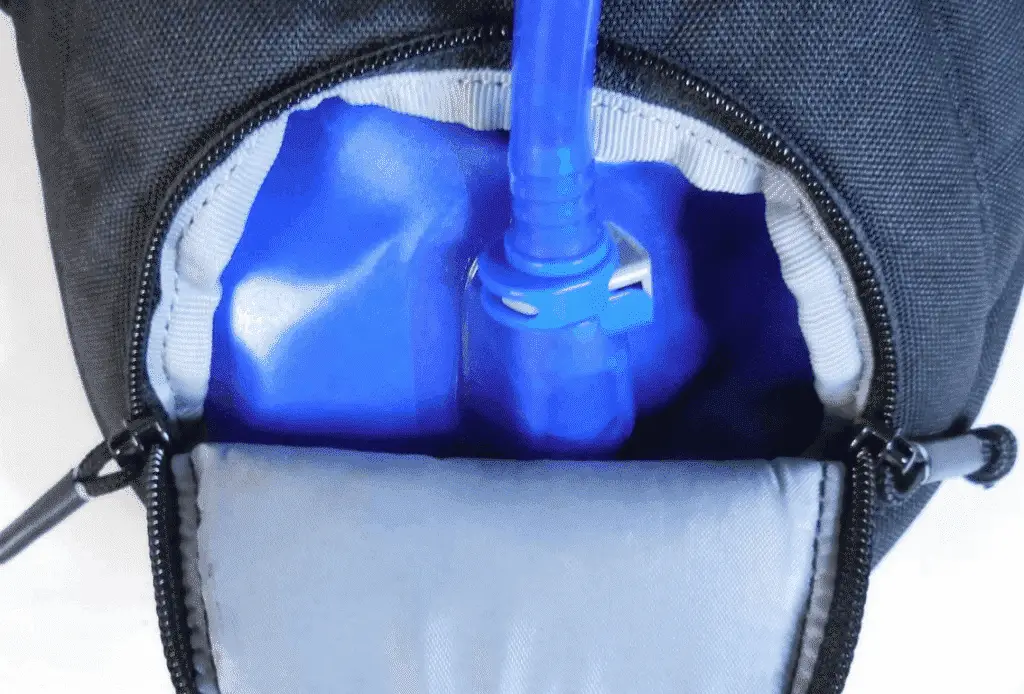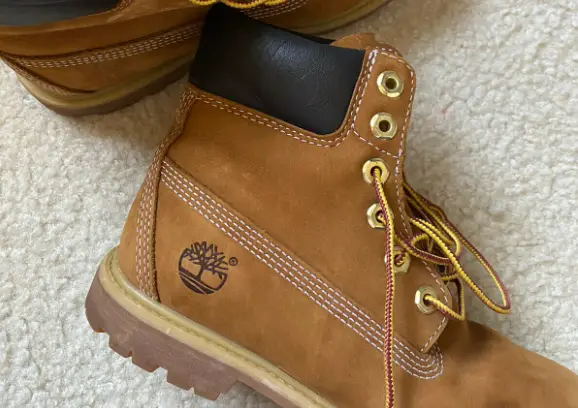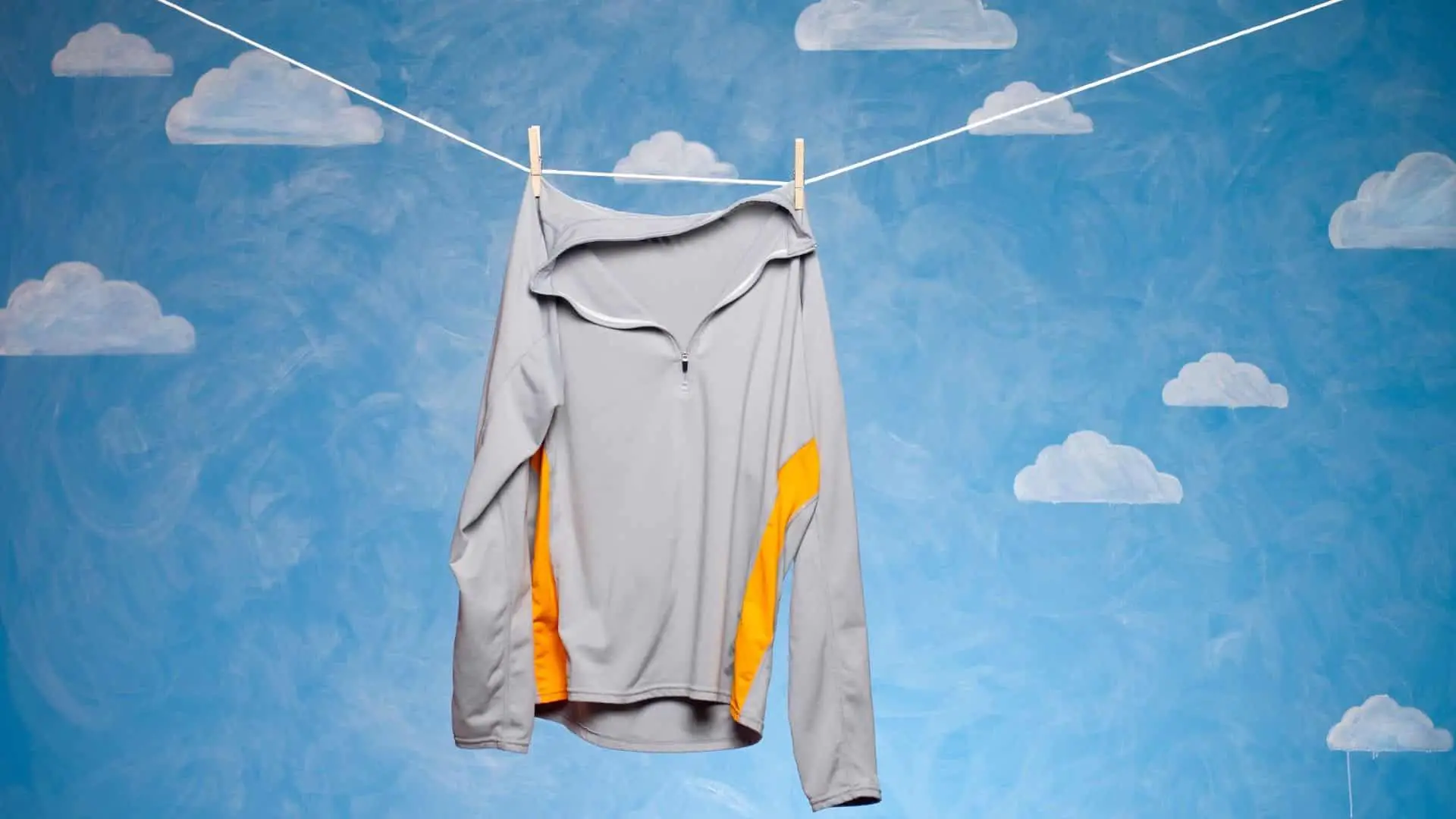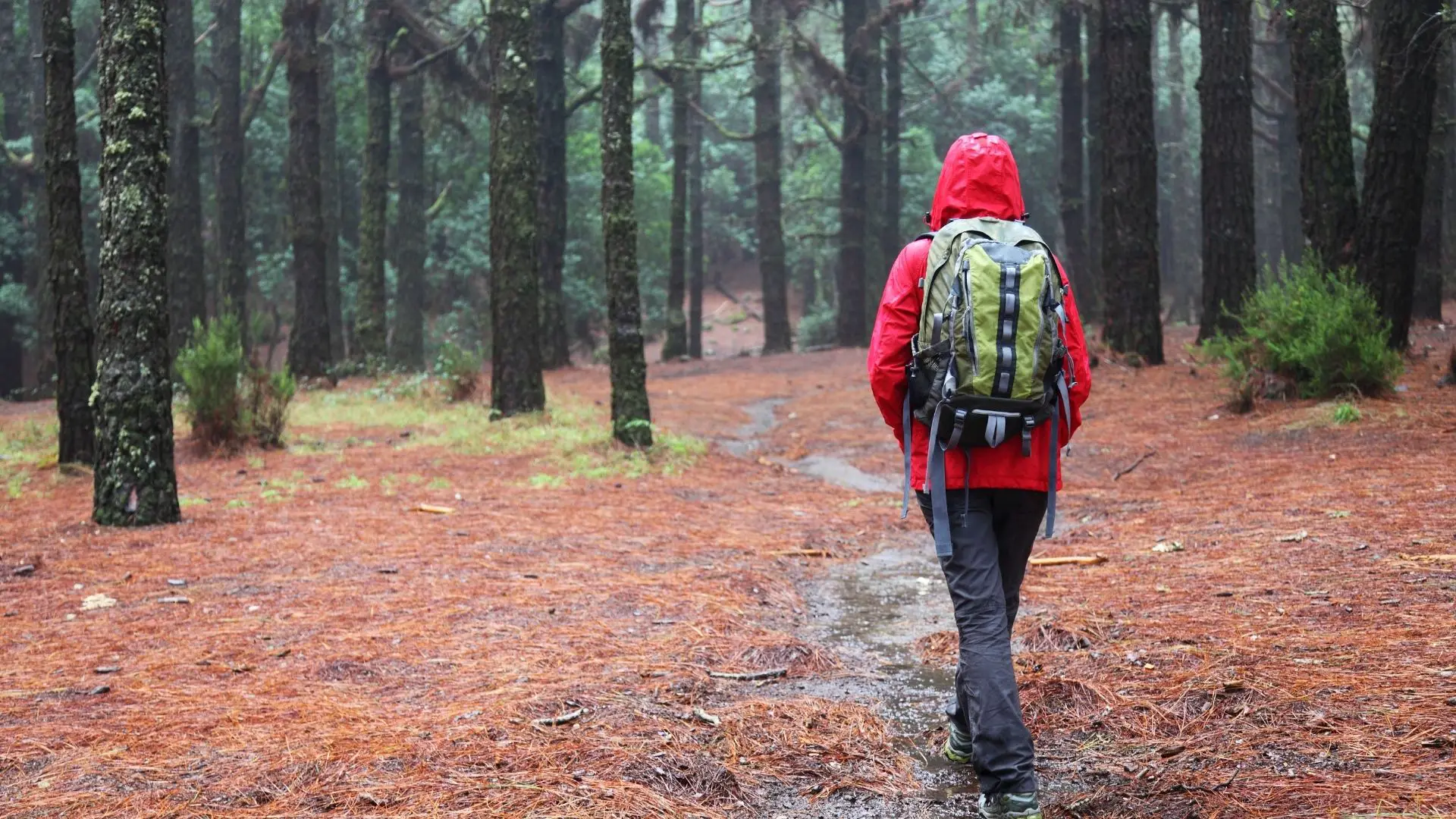You’re shopping for a new day pack; it’s a perfect fit, feels comfortable, and just big enough to fit your needs without overdoing it. There’s just one problem. It doesn’t come with a hydration pack, but it’s labeled hydration compatible.
What does hydration compatible mean? Hydration compatible packs don’t come with a hydration bladder, but they can be easily added. They usually have a sleeve to place your hydration bladder and port to run your tube. Just buy a generic hydration bladder and you’re good to go.
Don’t worry if your pack doesn’t come with a hydration bladder. Most hiking backpacks will be labeled as “Hydration Compatible” so it should be easy to add a hydration bladder. The rest of this article will explain what hydration compatible means and show you how to pick out a hydration bladder.
Table Of Contents
What is a Hydration Compatible Backpack?
So your backpack is labeled as “hydration compatible”, what does that actually mean? Is a hydration compatible pack the same thing as a hydration pack? Unfortunately, that question isn’t all that easy to answer without first looking at your pack.
Unfortunately there’s no industry standard when referring to hydration compatible packs. You will have to look at each pack to see if it has the features you need.
There are four main factors to consider when looking at hydration compatible packs.
- How Is The Bladder Secured? Every hydration compatible pack will have a different way to support the bladder. Look for packs that have a compartment to separate the hydration bladder from the rest of your gear. This will secure the bladder, protect it and offer additional insulation.
- Does it have a port to run the hydration tube? I recently purchased a so called “hydration compatible” pack that didn’t have a port to run the hydration tube. That’s just a terrible design! They wanted me to run the tube through the open zipper and let it dangle. Additional ports will offer more flexibility allowing you to run the tube over or around your shoulder.
- Is there insulation inside the pack? Hydration packs are usually an afterthought when designing hiking backpacks. Manufacturers tend to cut back on insulation as way to reduce the advertised base weight of a pack. This isn’t a dealbreaker since you can pick up a cheap generic hydration bladder insulation sleeve.
- Does the tube mount to the outside of the pack? There should be a place to run your hydration tube on the outside of your pack. My pack has loops on the shoulder to run the tube. You don’t want the hydration tube just flopping about and smacking you around.
Do Hydration Compatible Packs Include Water Reservoirs?

The vast majority of hydration compatible packs don’t include hydration bladders. I’m sure there are some packs that include bladders, but your better off buying your own anyway.
Hydration bladders are fairly inexpensive so you might as well buy a good one. I tend to go back and forth between my Camelbak Bladders and the Big Zip Platypus Bladder. The bite valve is nicer on the Camelbak, but the Platypus is easier to fill.
You can get away with a generic bladder (like this one) if you just want to go on short day hikes. Just remember that a generic bladder will eventually leak and tear if you’re not careful.
What Size Hydration Bladder Should I Buy?
With a “Hydration Compatible Pack” you should probably stick to 1 or 2 liter hydration bladders. Most of these packs just don’t have enough room in their hydration sleeve for a 3+ Liter bladder. You’ll end up jamming it in there and risk damaging the bladder(getting all your gear wet).
A 2-Liter bladder is all you really need for a 4-5 hour hike. Experts would recommend carrying a little more water, but you shouldn’t have any problem stretching your supply an extra hour.
Remember that water will probably be the heaviest thing in your pack. Plan on finding a water source and purifying the water on longer hikes.
You can always add an inline water filter to your hydration tube for on the go filtration. Just be careful in cold weather because water filters can freeze. The following video will show you how to add a Sawyer Mini Water filter to your hydration bladder.
Hydration Compatible Packs Come In Larger Sizes
Hydration compatible packs come in larger sizes than traditional hydration packs. Camelbak hydration packs are great for day hikes, but they max out at about 40 Liters.
That’s fine for a short day hike or overnight trip, but small for extended backpacking trips. You will need to get a true internal frame hiking backpack labeled as “hydration compatible” for longer trips.
Look For Cheap Hydration Bladder Compartments

How much support your hydration bladder has depends on the manufacturer. Cheap packs will have very little insulation and offer no bladder protection.
Although there might not be much of a difference in premium packs, budget options tend to cheap out. They rarely have separate bladder compartments, adequate insulation, and bladder support.
Look For Multiple Hydration Tube Ports
Find a bag with at least 2 hydration tube ports. Without actually using a hydration bladder it’s hard to say if you’d rather have the tube over or under your arm. I’ve found that over the shoulder keeps the tube out of my way, but under the arm is easier to use.
Ports Shouldn’t Be on The Bottom
Never buy a pack with the tube port on the bottom of the pack. In the past couple of years, I’ve seen a couple of cheap packs with access ports on the bottom of the pack. These are typically cheap Chinese packs that
This is a huge problem for 3 main reasons. You need to completely empty out the bladder to refill it, hip to mouth snags, and you risk damaging your bladder if you set the pack down.
You Can Always Add Extra Insulation
Most hydration compatible packs aren’t very well insulated. In the winter your bladder will freeze and in the summer it’s going to be hot. If you want to keep your water cold you should seriously consider adding extra insulation.d
Check out my post on insulating your hydration bladder
Can You Use Hydration Compatible Packs Without a Bladder?
You can always use a hydration compatible pack without a bladder. Just take out the bladder and use the storage compartment for whatever you want. Remember that keeping heavy items close to your body will reduce backpain on long hikes.
Can You Add a Hydration Pack to Non-Hydration Compatible Packs?
With a few modifications, you can usually use a hydration bladder with any backpack. Just add a little bit of insulation and a little velcro to secure the bladder to the pack, run the tube out the top and you’re good to go. Here are a few other ways people use hydration bladders in noncompatible packs.
- Mount Hydration Bladder Outside Pack: Although not ideal mounting a hydration bladder to the outside of your pack is always an option. There’s two main problems with this mounting method. You’re risking damaging the bladder and exposing it to the outside heat/cold.
- Adding a Hydration Sleeve: You can always sew an insulated hydration sleeve into your pack. Personally I would just buy an insulated hydration sleeve(On Amazon) and add a big strip of velcro between the bag and your pack. Make sure the scratchy piece of velcro is on the insulation sleeve.
- Place Bladder on Top of Gear: This is actually the method I used for a few years. I just stuck a hydration bladder on the top of my gear and ran the hydration tube out the zippered top. This method works really well until it starts to rain and your gear gets soaked.




